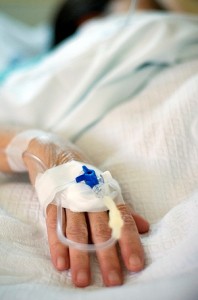 South Asia is experiencing a health crisis because of increasing incidents of diabetes, heart disease and obesity. The region is also facing rising poverty as patients use their own money to pay for hospital expenses and other medical treatment, according to the World Bank’s statement on Wednesday.
South Asia is experiencing a health crisis because of increasing incidents of diabetes, heart disease and obesity. The region is also facing rising poverty as patients use their own money to pay for hospital expenses and other medical treatment, according to the World Bank’s statement on Wednesday.
The Bank reported that while the region’s economy is getting better and most people are living a longer life, poor people have had virtually no benefit from the rising incomes, healthier nutrition, improved conditions and access to efficient healthcare.
The report covered 8 countries mainly, Afghanistan, Bangladesh, Bhutan, India, Maldives, Pakistan and Sri Lanka. According to the report, South Asians are likely to experience their first heart attack by the age of 53. That is, six years ahead than people elsewhere in the world.
Today, heart disease is the leading cause of death among South Asians 15 to 69 years old. The non-communicable disease accounts for about 55 percent of the total disease burden in the entire region. Infectious diseases like tuberculosis make up the remaining percentage, including issues of child and mother health and nutrition.
Michael Engelgau, senior public health specialist of World Bank and one of the authors of the report said that the unjust burden is particularly rough on poor people.
After thier first heart attack, the poor will face life-long illnesses and pay for their treatment with their own money or by putting their properties up for sale. Soon after, they find themselves trapped in poverty where they can’t work and get better.
The report mentioned a study made in India that was published last year. It found that some non-communicable diseases leave patients not capable of working for about 50 to 70 days.

